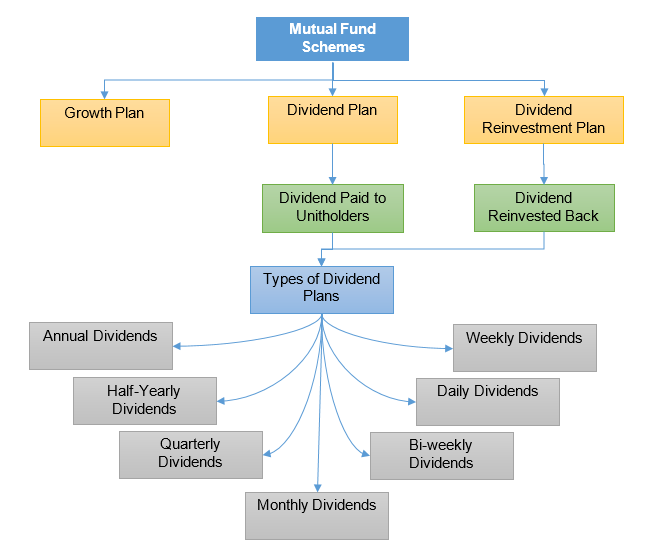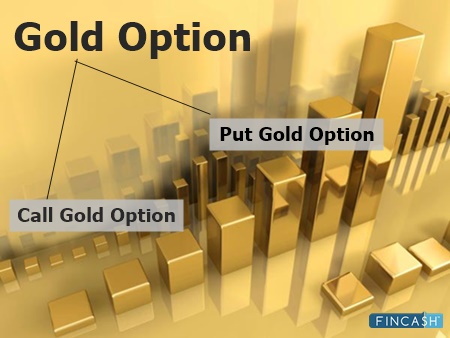
Table of Contents
Underlying Option Security
An Underlying option security meaning is a contract that provides its holder or owners the right, but not the Obligation, to purchase or sell an underlying instrument or asset at a specified price and on a specified date, as mentioned on the option’s form.
Options are sometimes categorized as derivatives since they are known to “derive” their value from the price action or the performance of an Underlying Security.

Real-World Example of Underlying Option Security
To understand underlying option security better, let’s take the following example. A Call Option on Apple stock conveys the owner or holder the right, but not the obligation, to buy Apple stocks at a specified price as per the terms and conditions mentioned in the option contract.
In options, together with all other derivative terminologies, the underlying security is often termed as simply “the underlying”. We can define an underlying security as any asset, Financial Instrument, index, or another derivative.
Apart from options, there are numerous commonly used derivatives. However, they all have one Factor in common. The value of all the derivatives is based on an Underlying Asset or underlying security. This means that any changes in the price of the underlying security would affect the pricing models of the options.
Traders can use options to speculate on the underlying option security’s future price movements. If one uses options in combination, it can further enhance the characteristics of the strategy, thus meeting certain needs. In turn, it enables traders to enjoy a customized risk management experience.
Significance of Underlying Option Security
The primary role of an underlying security is simply to be itself, as it alone has a large influence in the financial world. Without options, traders would have simply bought and sold the underlying.
But in the case of options, the underlying refers to the item that must be transferred from one party to another. In other words, one party must deliver the underlying as per the options contract, and another party must accept it.
One exception to this is when the underlying item is an index, which refers to the process of tracking the performance of a set of assets. In the case of an index, only cash is exchanged after the options contract ends.
Talk to our investment specialist
Additionally, the underlying is also vital for determining the pricing of options. However, the relationship between options and the underlying is not linear, even though certain options strategies can hedge against specific options characteristics for stimulating a linear relationship between them.
In the pricing models of options, several characteristics describe the amount or degree of nonlinearity. These are referred to as Greeks since they are typically represented by Greek letters. In short, Greeks are used to describe the various dimensions of the risks involved while attaining an options position.
For instance, the more distinct the strike price for an out-of-the-money option is compared to the underlying option security’s current price, the lesser will be the changes in the option price per unit of movement within the underlying.
The option, in this case, is said to have a low delta value. Similarly, theta measures options having ample time to mature.
All efforts have been made to ensure the information provided here is accurate. However, no guarantees are made regarding correctness of data. Please verify with scheme information document before making any investment.












